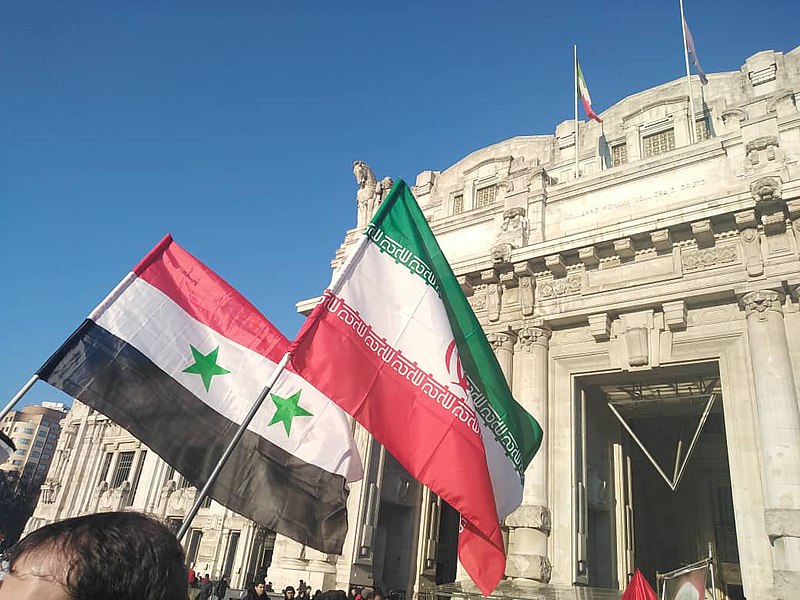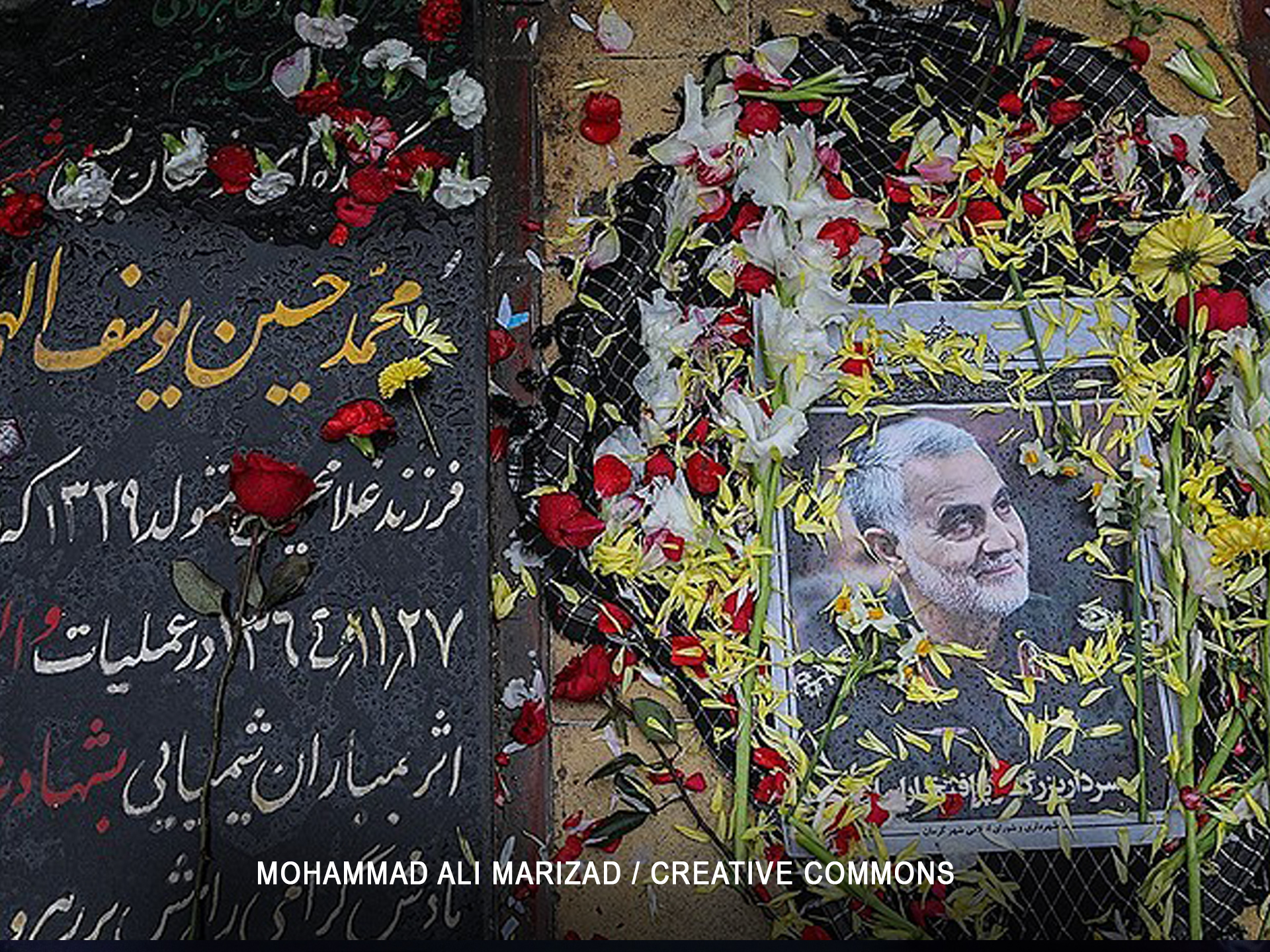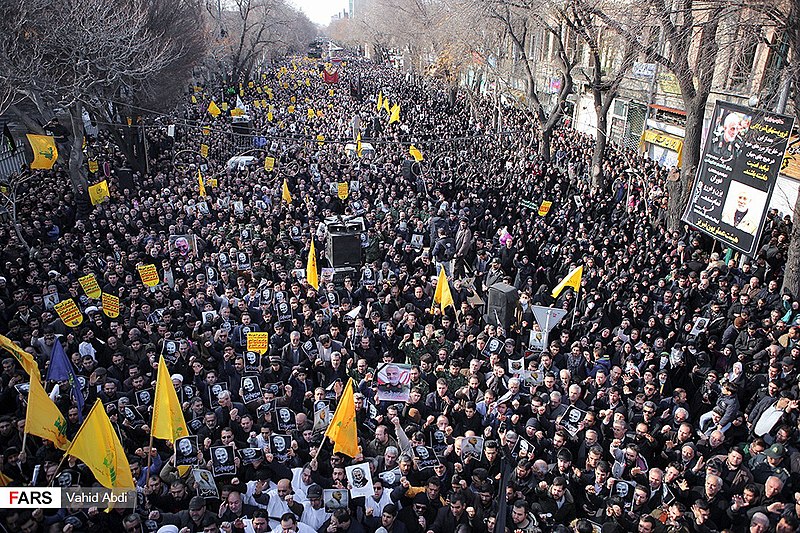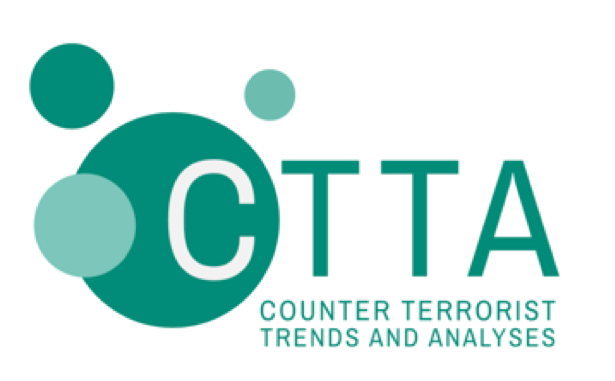
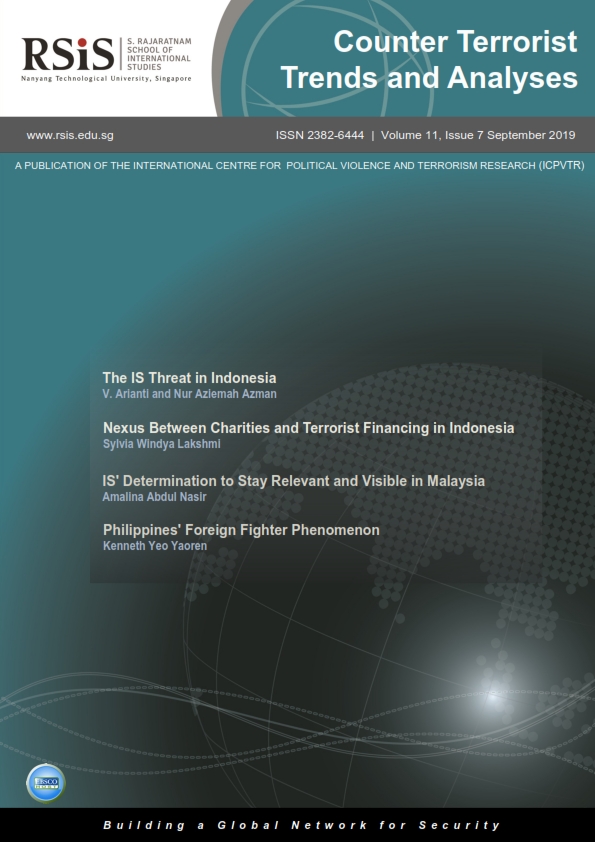
The Islamic State’s (IS) territorial losses and military defeat in Iraq and Syria have not weakened the militant landscape in Southeast Asia. Rather, the regional threat landscape has become more resilient and competitive, with pro-IS militant groups exhibiting better operational capabilities, knowledge of explosive-making and networking linkages. Moreover, pro-IS groups in the region have found traction by exploiting local issues to spread the terror group’s extremist ideology.
Sev ... more
The Islamic State’s (IS) territorial losses and military defeat in Iraq and Syria have not weakened the militant landscape in Southeast Asia. Rather, the regional threat landscape has become more resilient and competitive, with pro-IS militant groups exhibiting better operational capabilities, knowledge of explosive-making and networking linkages. Moreover, pro-IS groups in the region have found traction by exploiting local issues to spread the terror group’s extremist ideology.
Several major challenges have emerged from the recent setback to IS in the Middle East. First is the issue of returning foreign fighters (FTFs) and how to deal with them. Such returnees pose a plethora of legal, political and security challenges to Southeast countries, particularly Malaysia, Indonesia and the Philippines. A second challenge is IS’ efforts to declare new wilayat (provinces) in different parts of the world. While IS has officially declared the East Asia wilayat based in the Philippines, the declaration of new wilayat cannot be ruled out as witnessed in South Asia and Africa. Further, terrorist groups such as IS constantly require increasing financial resources to expand and sustain their operations. In Southeast Asia, IS-linked groups have set up Islamic charities to raise funds and conceal their activities.
Against this backdrop, the September issue of the Counter Terrorists Trends and Analyses (CTTA) features four articles looking at different aspects and dimensions of Southeast Asia’s threat landscape in the post-territorial caliphate environment. The first article by V. Arianti and Nur Aziemah Azman argues that the IS fighters in Indonesia may continue to empower their affiliated groups in the country. According to the authors, this is evident by the apparent attempts by Indonesian IS fighters in Syria to create a wilayah (province) in Indonesia by strengthening two Indonesian militant groups, the Mujahidin Indonesia Timur (MIT, Mujahidin of Eastern Indonesia) and Jamaah Ansharud Daulah (JAD, Congregation of Supporters of IS). IS acknowledged Indonesia as part of its East Asia Wilayah (encompassing primarily the Philippines and Indonesia) in July 2018.
In the second article, Sylvia Windya Laksmi examines the nexus between charities and terrorism financing, through the case-study of the IS-affiliated Jamaah Ansharut Daulah (JAD) in Indonesia. Given recent reports of convictions around the world of non-profit organisations that misuse their revenues to finance the activities of terrorists, the article details three themes that emerge from JAD’s activities in Indonesia: (i) sham charities set up by the group as a conduit to generate funds to ensure its sustainability; (ii) funds raised for charitable causes funneled into terrorist activities and (iii) social media used to not only recruit members but also raise funds. Given IS’ focus on global expansion in the post-caliphate era, the multi-pronged threat posed by its affiliate networks in Indonesia and surrounding region, of which terrorism financing is a component, will need to be addressed by policymakers and security agencies going forward.
The next article by Amalina Abdul Nasir upholds that despite numerous setbacks in Syria, IS is quite determined to stay alive in Malaysia. The pro-IS Malaysian militant groups are exploiting local issues to advance the terror group’s extremist ideology. In this new phase, according to the author, Malaysian IS supporters have acquired better bomb-making capabilities and fostered deeper operational linkages with foreign militants. Moreover, Malaysia is also dealing with the issue of returning fighters. The Malaysian policymakers need to ensure an effective rehabilitation policy in dealing with returning militants and to continue to carefully manage the ethnic and religious climate in Malaysia so as to minimise exploitation of related local issues by pro-IS groups.
Finally, Kenneth Yeo discusses the prospects for a consolidation of foreign terrorist fighters (FTFs) in the Southern Philippines following IS‘ territorial losses this year. According to the author, IS’ weakened presence in the Iraq-Syria theatre has positioned the Philippines as an attractive destination for FTFs in Southeast Asia given its status as an alternate conflict theatre within jihadist discourse. The article argues there could be a consolidation of rebel forces in hotspots such as Mindanao, with IS affiliated groups seeking to complement local fighters with FTFs and youth militants to launch attacks and gain territory. With the added impetus of a leadership transition within IS’ networks in the Philippines, comprehensive counter-terrorism measures are needed to address these developments, which also have regional implications.
In conclusion, this is the first quarterly issue, following the earlier announced transition from a monthly publication.





